11 plants that repel snakes and keep them away from your yard
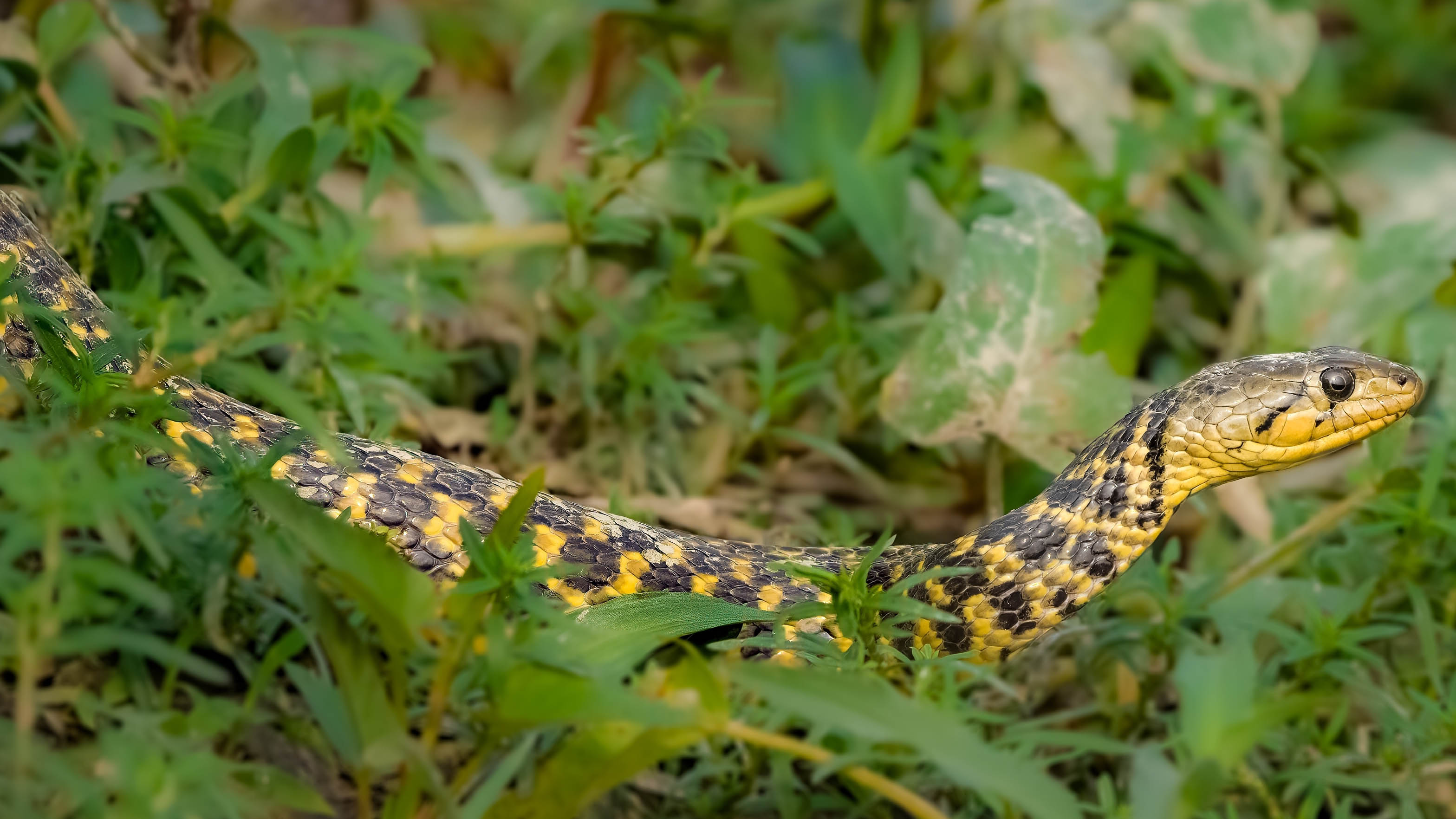
If you live in an area that is prone to snakes, it can be challenging to ensure your family and home are protected at all times. And if you don’t want to encounter these slithering creatures, you’ll be relieved to know there are certain plants that repel snakes.
Snakes live in various habitats, commonly found in damp zones, marshlands, where there is dense leaf cover, dry rock gardens and in deserts. And while most backyard, garter snakes are not venomous or harmful to humans (unless disturbed), it can still be a worrying thing to have them near. After all, you want to be able to sit outdoors, and enjoy the warm weather without the fear of snakes lurking around your yard!
By growing or placing a few snake-repellent plants around your yard and home, the strong smells will prevent them from going anywhere near your property. Just remember to never approach or handle a snake yourself, and contact your local snake pest control right away.
In the meantime, check out these 11 plants that will keep snakes from invading your yard. Also, here are 7 plants that repel squirrels and keep them out of your yard. If you’re having trouble with felines, there are also 7 plants that repel cats.
1. Marigolds
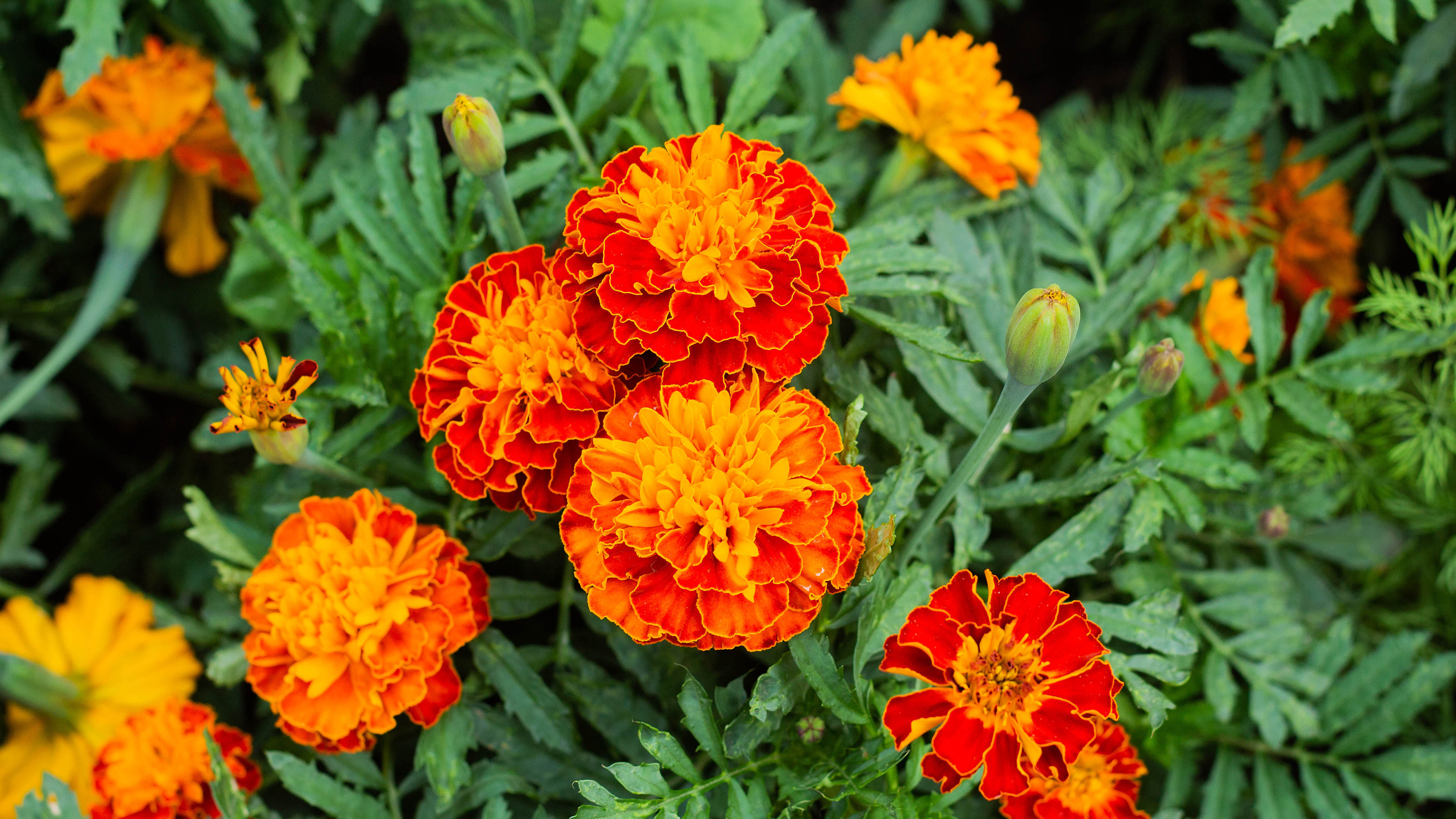
These warm, orange and yellow blooms can brighten up your yard, but are also effective at repelling snakes and other pests. These pretty florals release the strong, spicy smell, alpha-terthienyl – a phototoxin that snakes detest.
What’s more, marigolds’ root system grows deeply and in abundance. So this pungent smell can also reach deep into the soil, wherever a snake might be burrowing and hiding. This alone should deter snakes from ever returning to your yard.
Marigolds prefer to be planted in the full sun and require dry conditions with well-drained soil. These are also the best plants for repelling mosquitoes, and keeping them out of your home.
Get instant access to breaking news, the hottest reviews, great deals and helpful tips.
Planting zone: 2 to 11
2. Holly
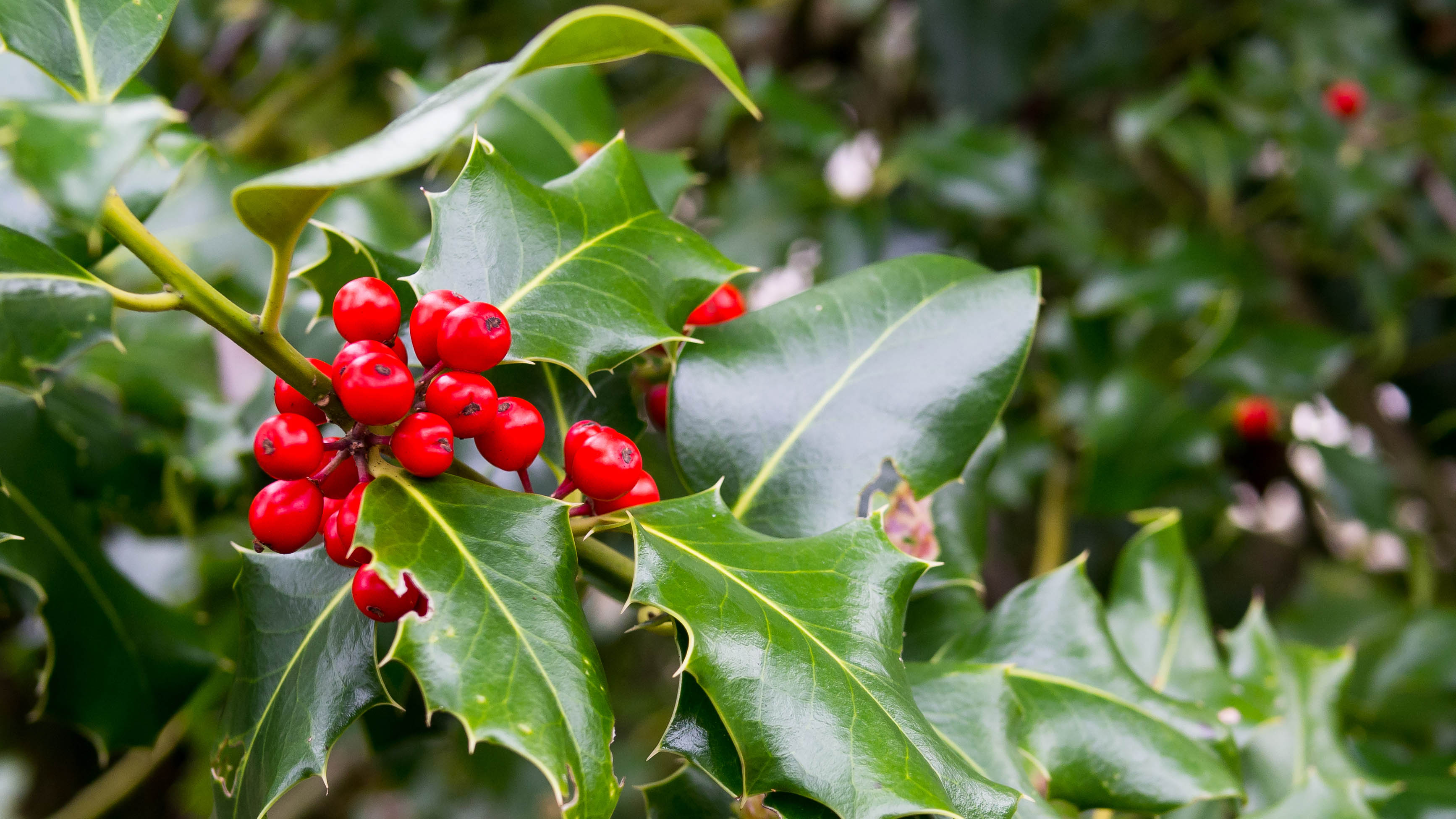
Holly is often associated with the holiday season, but snakes dislike the low-growing variety. This is because its pronged, prickly leaves make it uncomfortable for snakes to slither over. In addition, holly has a strong scent that snakes steer clear of, making it the perfect deterrent.
You can plant container-grown holly anytime of the year, and after pruning mature bushes, you can also scatter the spiky leaves around the areas snakes are likely to enter. Just keep pets away from the red berries, as these are toxic.
Planting zone: 3 to 10
3. Sansevieria or ‘snake plant’
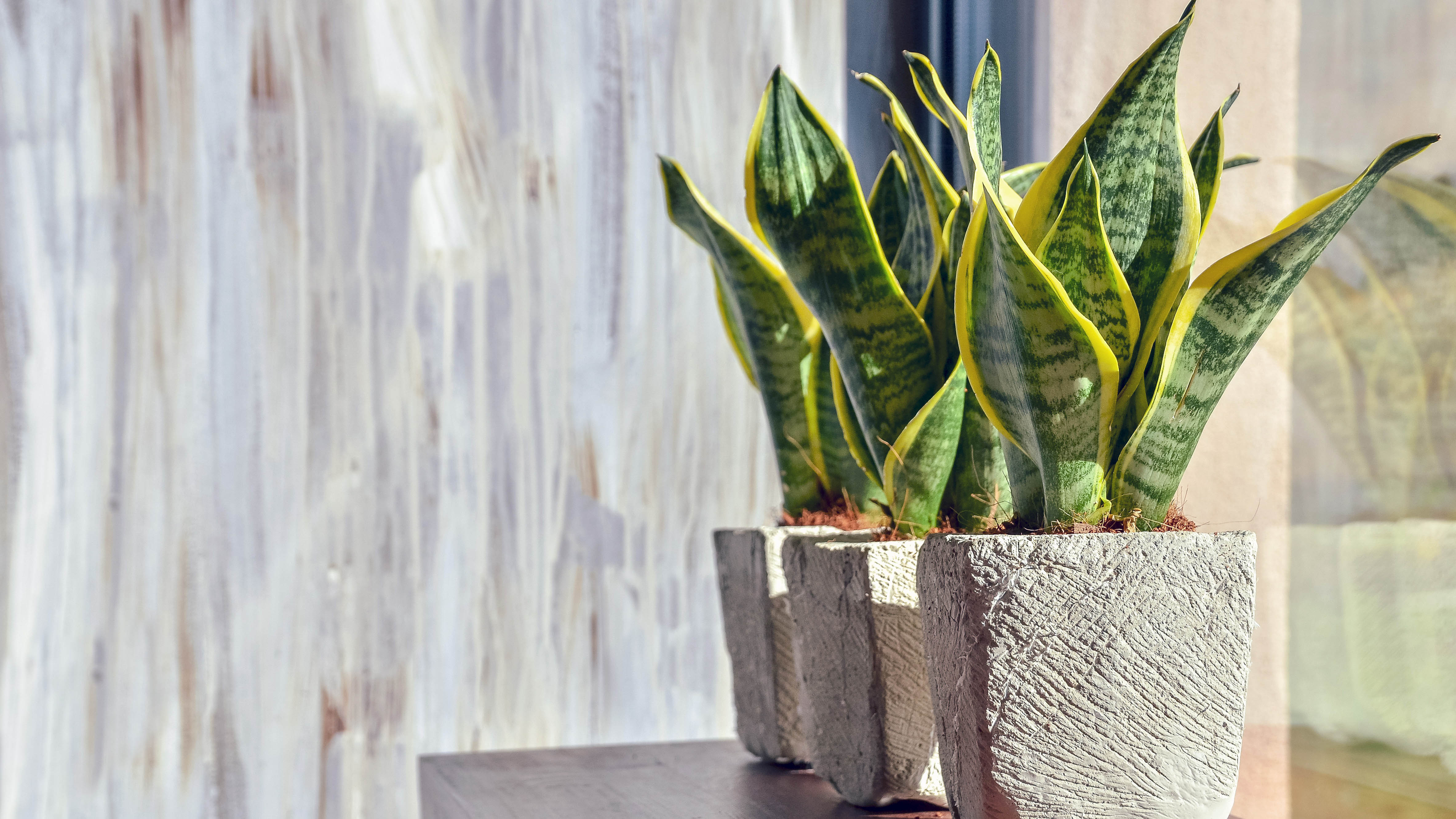
Otherwise known as ‘the mother-in-law’s tongue’, and a popular indoor plant, the sansevieria is a great snake-repelling plant. Rather than emitting an off-putting odor, it’s actually the sharp leaves that keeps snakes at bay. With its tall and twisting shape, snakes are often threatened by the sharp leaf edges.
These hardy plants do well in warm climates, thriving in temperatures of 70 degrees Fahrenheit and above. Although they require very little watering and maintenance, avoid placing in direct sunlight as this can scorch the leaves.
4. Lemongrass and citronella
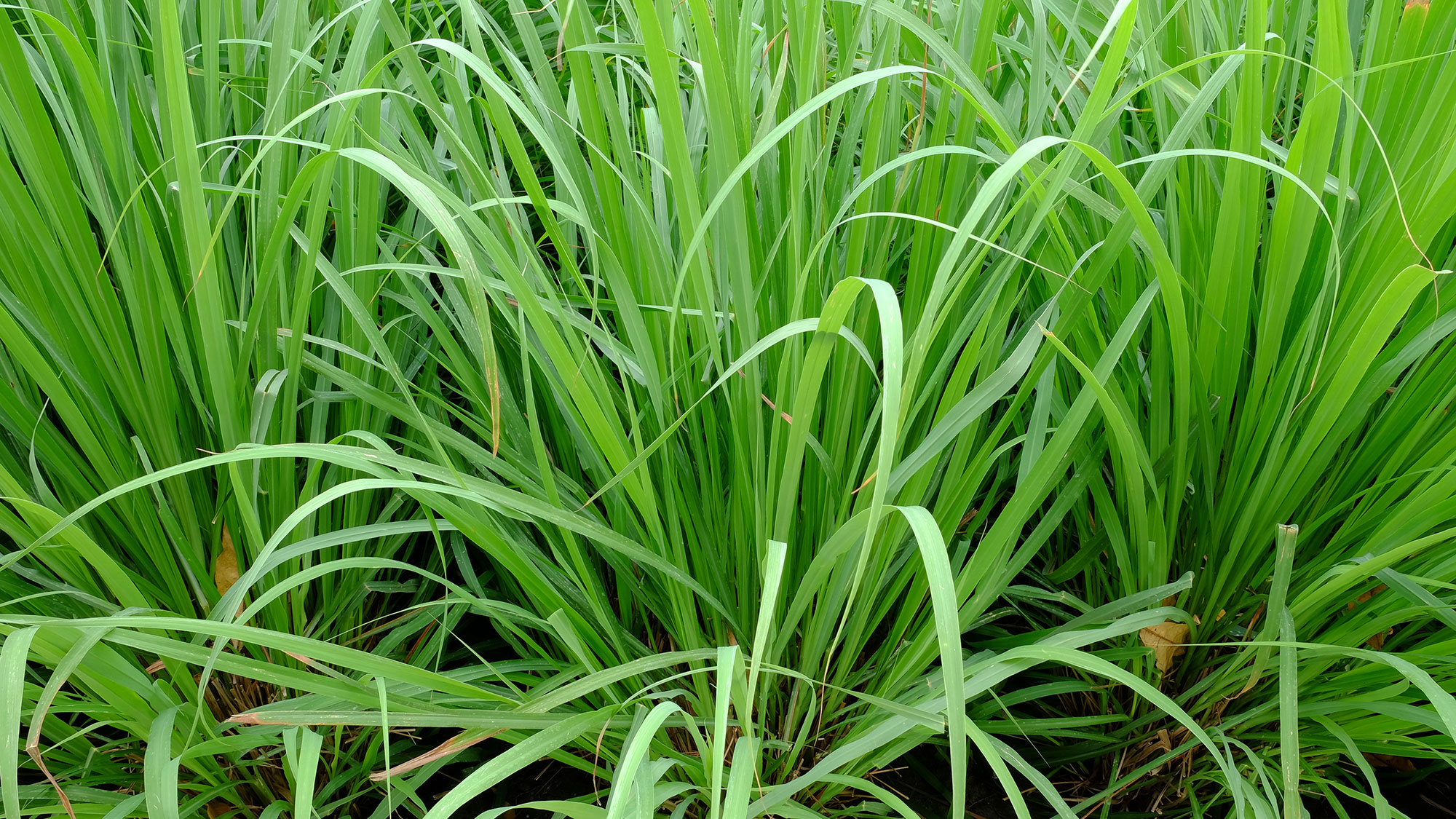
Lemongrass is a tropical, grass-like plant known for its fresh, citrus scent to fill the air. However this fragrance is overwhelming to snakes, and will keep them at bay. Ideally, grow or place lemongrass plants outdoors to ward off any pests. Since it’s a tropical plant, it thrives in a hot environment with full sun and temperatures never dipping below 40 degrees Fahrenheit. What’s more, it’s very low maintenance and only needs regular watering in summer.
In addition, if you mix lemongrass extract oil with other essential oils, and spray it around the yard, this will be even more potent. You can also purchase citronella oil separately, much like this Handcraft Citronella Essential Oil ($9, Amazon). In fact, lemongrass and citronella are the most effective forms of repellents for rodents, mosquitos and other common pests. So it’s a worthwhile investment!
Planting zone: 10 to 11
5. Onion

We all have onions in our kitchens, and such smells are repulsive to snakes. This is thanks to their high quantities of sulfonic acid which gives off a pungent smell that snakes hate.
When planted outside, onions act as a natural snake repellent. Alternatively, you can chop up some onions, and mix them with rock salt, before sprinkling around your yard. These concoctions might make your home smell pungent but it will be worth it in the long-run.
Planting zone, onion: 7 and above
6. Garlic
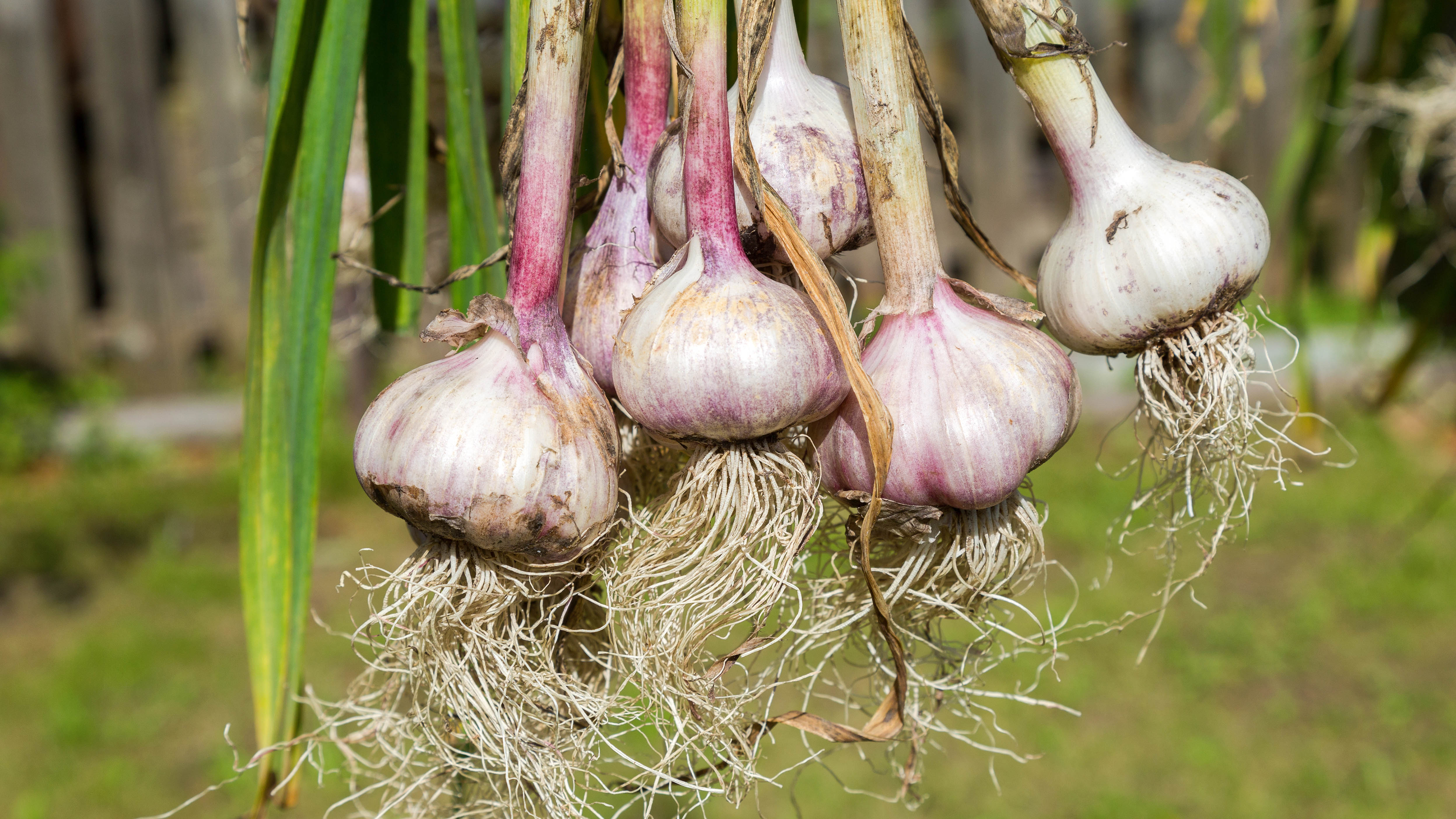
Jut like, onions, the scent of garlic also repels snakes and the same methods used above can be used as a repellent.
What's more, it's easy to learn how to grow garlic from cloves in your backyard or in pots. Or if you don’t have the time to grow your own, you can make an easy garlic repellent. Simply take four or five cloves to make a puree, and add that to a pint of water in a spray bottle. Then, spray your solution around the yard to repel snakes and other pests like rats and mice.
Planting zone: 2 to 6
7. Pink agapanthus
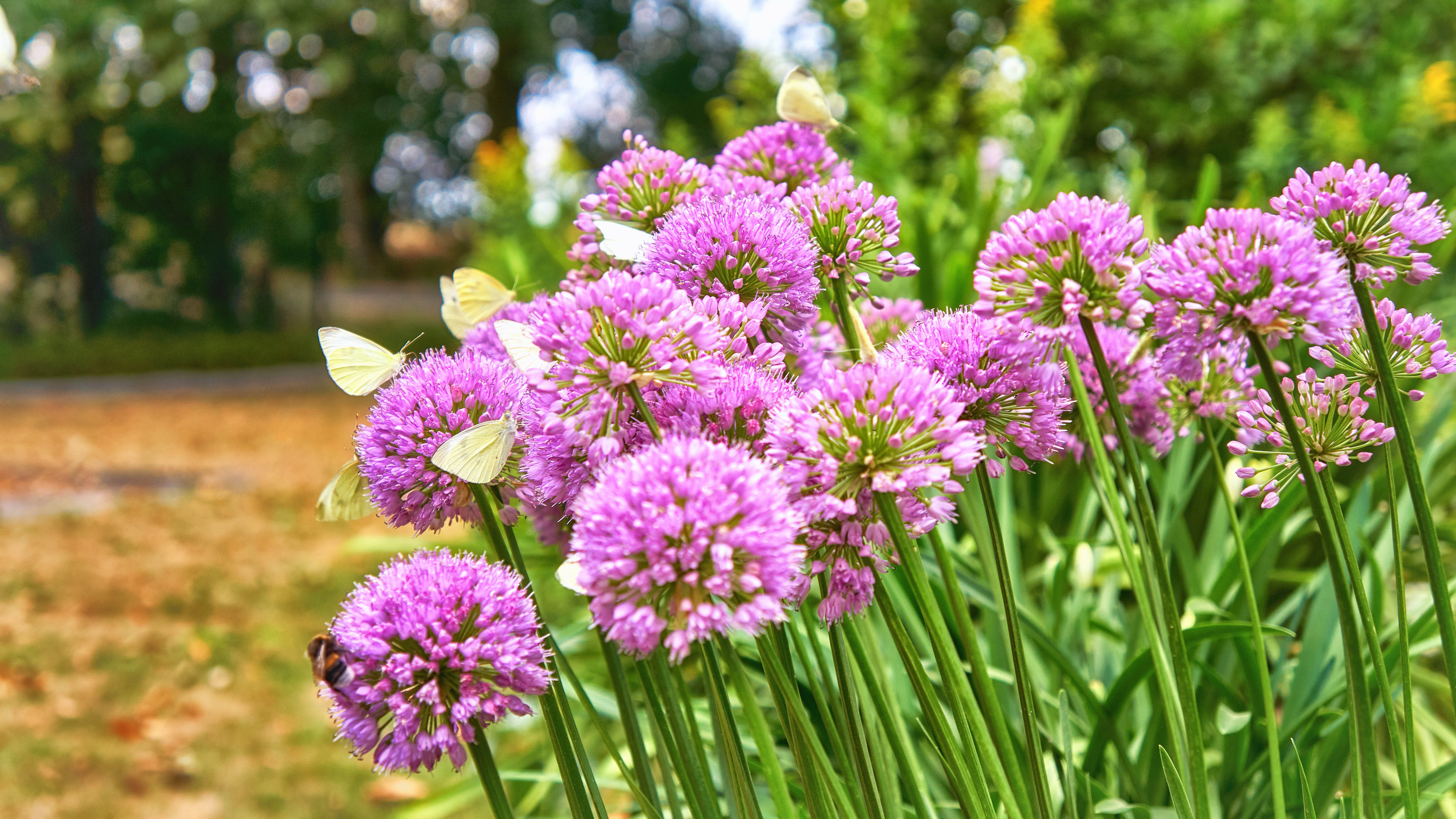
Despite its pretty, pink flowers, the agapanthus is actually a member of the onion family. This explains why the scent of the flowers and leaves are strong enough to repel snakes, and keep them at bay.
With its colorful clusters, this beautiful plant tends to grow fast, reaching up to 3ft tall. Just avoid planting in wet, waterlogged soil as this will cause the bulbs to quickly rot. Not only will the repugnant smell scare snakes away, but will make a beautiful addition to your garden.
Planting zone: 9 to 11
8. Mugwort (Wormwood)
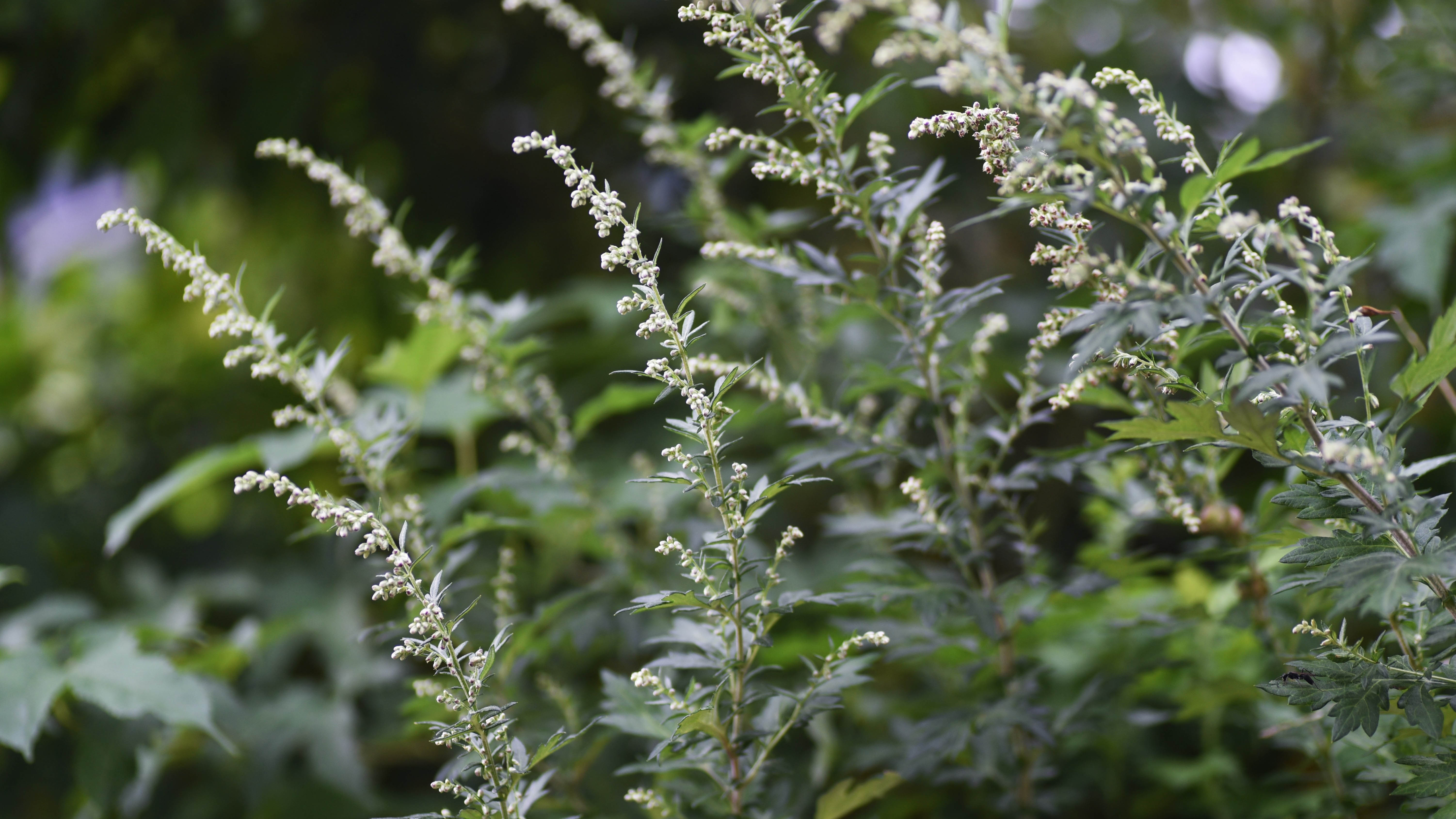
Also known as Wormwood, Mugwort is essentially a weed that grows tall and has woody roots. With its greenish-silver leaves, its feathery foliage produces a strong scent that repels snakes.
Mugwort is easy to grow, and can reach heights of up to 2ft, with a 3ft spread. Providing it’s in a bright, well-drained spot, this is ideal for planting around your yard or porch to keep snakes at bay. Just be mindful that mugwort can be invasive, so will need tending to on a frequent basis, to prevent it from growing out of control.
Planting zone: 3 to 7
9. Cactus

Similar to holly, snakes avoid thorny plants, so will steer clear away from the spiky cactus! You can grow cacti around the yard to safeguard your property, and they also make striking houseplants.
The best variety is the round barrel cactus (Echinocactus grusonii), which resembles spiky pin cushions. Since snakes slither low on the ground, these types are low- growing, and the ideal height to keep them at bay.
Similar to the snake plant, cacti thrives in full sunlight in very well-drained compost. While they don’t require a lot of watering, it’s best to water once a week during hot months.
Planting zone: 9 to 11
10. Basil
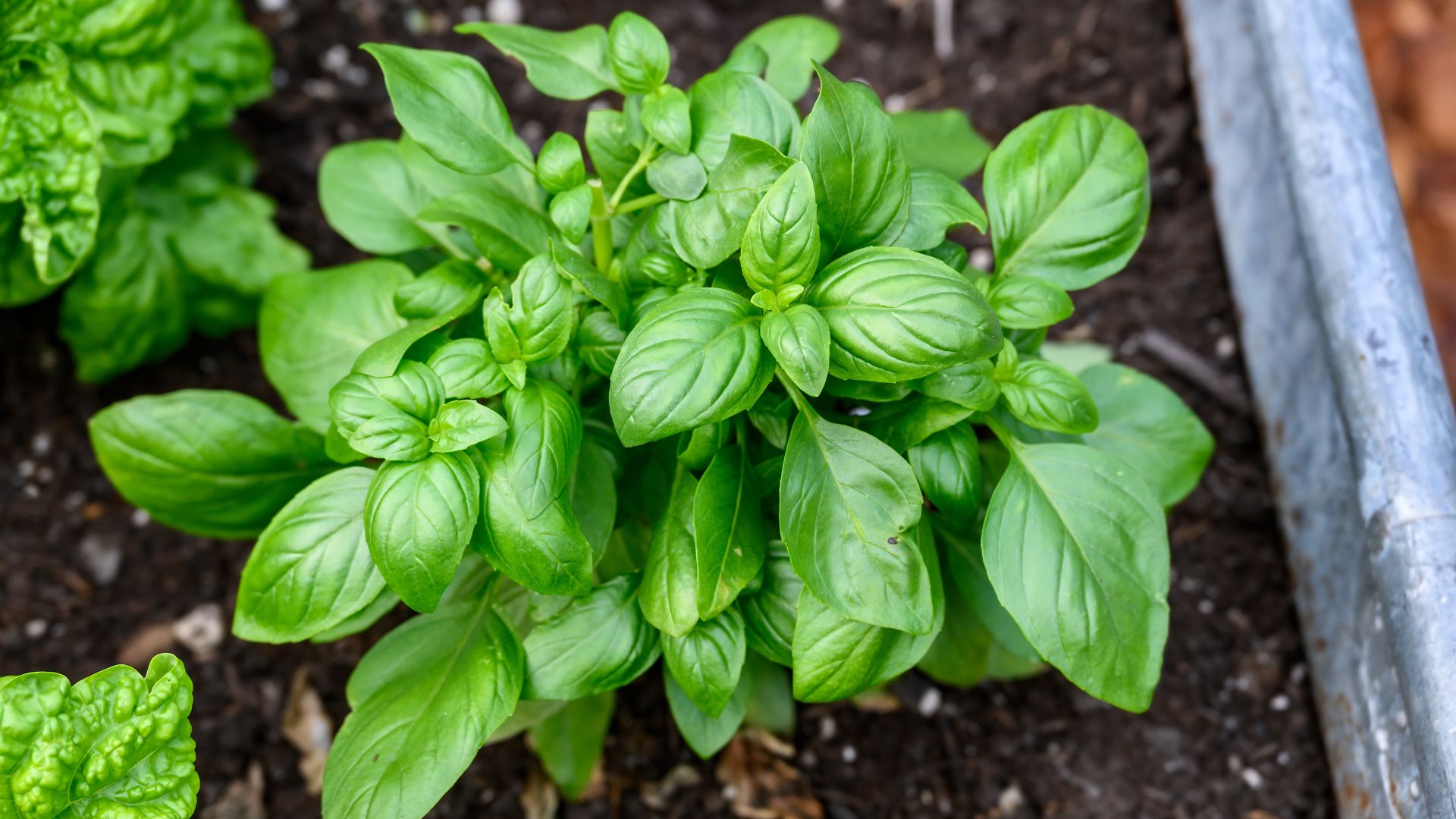
Basil is an aromatic herb that apart from making tasty recipes, it also a great snake repellent. In particular, clove basil, which has a distinctive clove-like smell that snakes dislike.
What’s more, this basil plant can grow up to 6 feet tall, which will emit an even stronger aroma in the air. Simply sprinkle herbs into the soil and around your plants. The pungent smells should be enough to prevent snakes from roaming in your yard.
You can grow fresh basil in your backyard, in pots, or even buy from your local food store to plant outdoors. In any case, you’ll have a constant supply for your delicious meals!
Planting zone, basil: 9 to 11
11. Sage
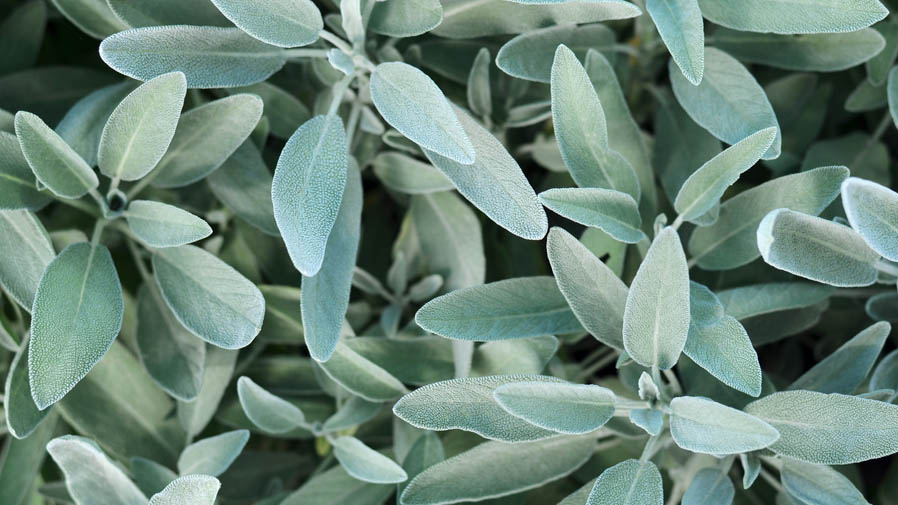
Just like onions and garlic, sage is a fragrant aromatic that is also repugnant to snakes and can also be used to add flavor to your cooking.
You can plant sage straight into your garden or in pots near your doorways, or sprinkle the dried herb around as a natural snake-repellent mulch. Apart from keeping snakes away, sage also helps to repel mice, and since snakes prey on mice, your yard will be pest free.
Planting zone: 8 to 11
Other tips to prevent snakes in your yard
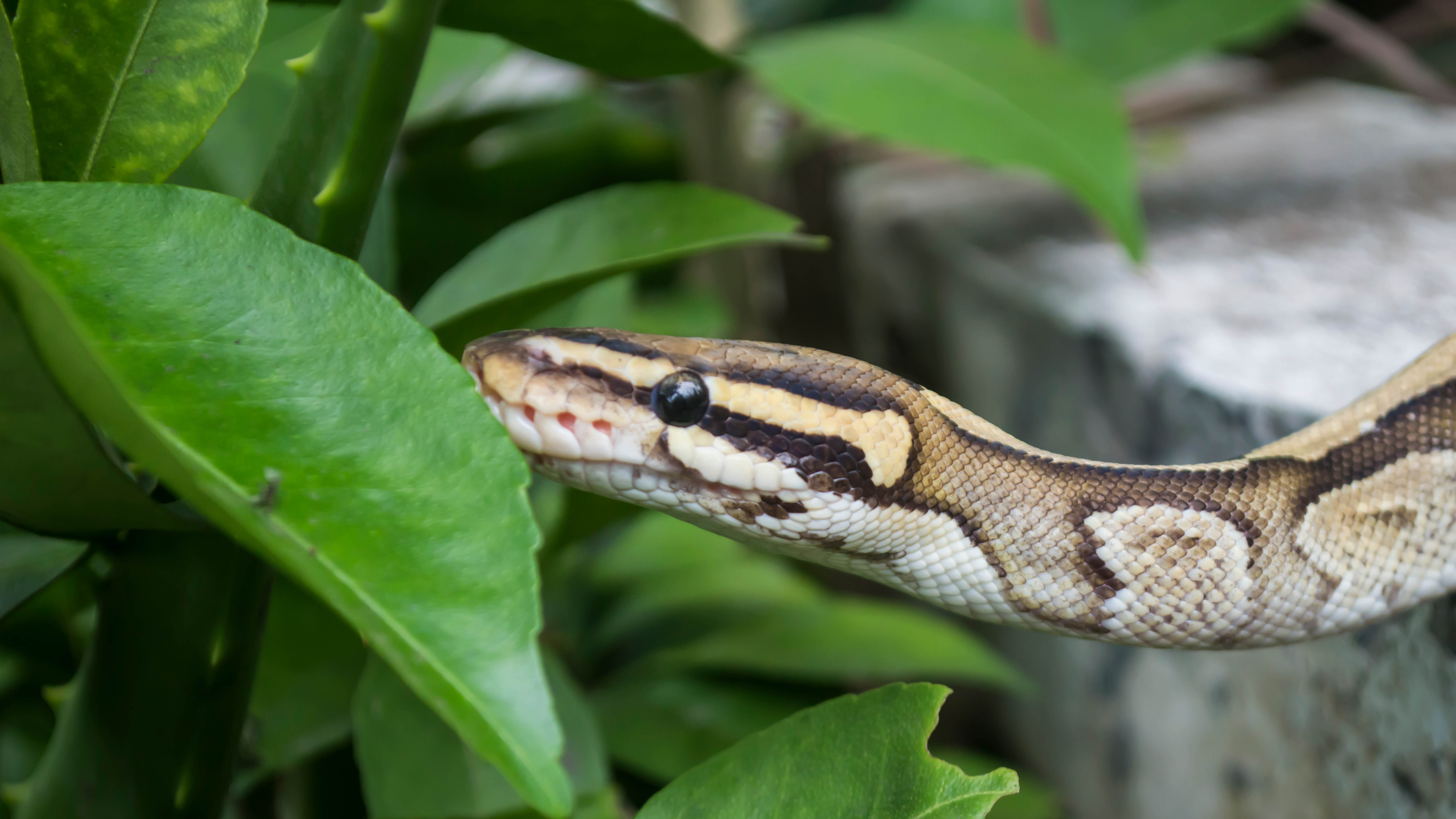
- Eliminate any food sources
- Clear your backyard and ensure it's clean
- Remove any standing water
- Invest in snake-proof fencing
- Cut back bushes and trees
- Keep your lawn mowed
More from Tom's Guide
- 7 ways to get rid of pigeons in your yard
- There are also 7 ant-repellent plants to keep your home pest-free
- Or if you spot mice, here are 7 plants that keep mice and rats from invading your home

As the Homes Content Editor, Cynthia Lawrence covers all things homes, interior decorating, and garden-related. She has a wealth of editorial experience testing the latest, ‘must-have’ home appliances, writing buying guides and the handy ‘how to’ features.
Her work has been published in various titles including, T3, Top Ten Reviews, Ideal Home, Real Homes, Livingetc. and House Beautiful, amongst many.
With a rather unhealthy obsession for all things homes and interiors, she also has an interior design blog for style inspiration and savvy storage solutions (get rid of that clutter!). When she’s not testing cool products, she’ll be searching online for more decor ideas to spruce up her family home or looking for a great bargain!
